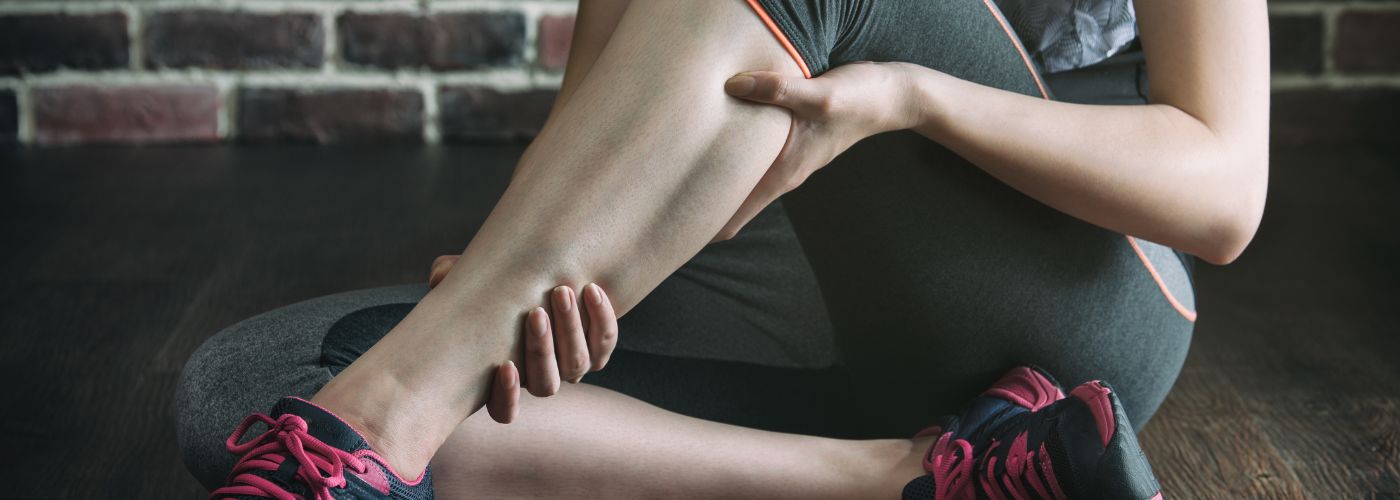Have you ever wondered why some injuries take longer to heal than others? Tissue injuries can be frustrating, but there are tools available that can speed up recovery. This article will dive into the benefits of TENS and EMS devices, showing you how they can alleviate pain and promote healing. You’ll learn practical tips to incorporate these devices into your recovery routine!
TENS/EMS Therapy for Injury Recovery: What You Need to Know
TENS and EMS sound technical, but they’re actually simple, safe, and effective ways to support your body. HiDow combines both therapies into easy-to-use devices you can take anywhere. If you’ve never tried TENS or EMS before, this is the perfect way to start.
TENS (Transcutaneous Electrical Nerve Stimulation) helps block pain by interrupting nerve signals before they reach the brain. EMS (Electrical Muscle Stimulation) activates your muscles to build strength and prevent muscle wasting. Both therapies work best when used consistently.
With HiDow, you can apply both modes to different parts of the body, depending on your specific recovery needs. It’s like having a full physical therapy setup—without leaving your home.
What’s the Difference Between TENS and EMS?
Though they’re often talked about together, TENS and EMS serve different purposes. TENS therapy focuses on relieving pain. It’s especially useful for managing chronic aches or the discomfort that follows an injury.

By sending mild electrical pulses through the skin, TENS helps stop pain signals from reaching the brain. This gives your body time to relax and reset.
EMS, on the other hand, is all about movement. EMS helps stimulate muscle contractions that keep your muscles engaged.
This is crucial when you’re unable to move normally due to an injury. With regular use, EMS helps prevent atrophy and encourages faster, more complete healing. HiDow’s devices give you access to both, making it easier to personalize your recovery.
Inside the Science of Injury and Recovery with TENS/EMS
Recovery isn’t just about resting. Your body needs circulation, muscle movement, and pain relief to heal efficiently. TENS/EMS therapy supports all of these needs at once. The TENS mode reduces nerve pain by changing how your brain receives pain signals.
This makes it easier to move and stretch without discomfort. EMS mode targets deeper muscles, helping them fire even when you can’t actively engage them. This is especially important after surgeries, during physical therapy, or after a muscle strain.
The increased blood flow from both modes helps carry oxygen and nutrients to the damaged tissue. When used together, TENS and EMS create a healing environment that supports every stage of recovery—from inflammation control to muscle re-education.
When to Use TENS, EMS—or Both
Choosing between TENS and EMS comes down to how your body feels. If your main issue is nerve pain, stiffness, or general discomfort, TENS is the better option. It calms your nervous system and helps ease inflammation. If your muscles are weak or sore or if you need help regaining strength, EMS is what you need.

It stimulates muscle fibers and helps with recovery after movement or strain. HiDow’s dual-mode therapy devices let you toggle between both therapies in one session. You can even use them back-to-back. Start with TENS to manage pain, then switch to EMS to activate the muscles.
This two-part approach keeps recovery balanced and effective without extra effort.
Electrode Placement Tips for Effective Use
Placement is key for results. You don’t want to place pads directly on the problem area—you want to surround it. If you’re treating a knee or shoulder injury, place the electrodes above and below the joint.
This creates a circuit that surrounds the pain rather than placing pressure on it. For muscle pain, place the pads on both sides of the muscle belly. For the lower back, use a diagonal layout across the sore region.
This helps distribute the current evenly and covers more surface area. The idea is to go around the pain—not on top of it. This setup is more comfortable and often delivers better results.
Recommended Session Lengths and Frequency
TENS/EMS therapy works best with consistency. Most people benefit from 20 to 30-minute sessions once or twice per day. If you’re new to using the device or dealing with a sensitive area, start slow.
Try a 15-minute session on low intensity and see how your body responds. With EMS therapy, limit sessions to 30 minutes or less and give your muscles time to rest between sessions. Recovery isn’t about intensity—it’s about repetition and patience.
Always listen to your body. If something feels too intense or uncomfortable, lower the setting or take a break. Your recovery pace is unique to you.
Safety Notes for At-Home Use
While TENS/EMS is safe for most people, there are a few things to keep in mind. Never place the pads on your chest, front of your neck, spine, or any area with broken or irritated skin. Avoid using these devices if you have a pacemaker or metal implants near the treatment area.
Pregnant individuals should only use the device with a doctor’s approval. When in doubt, consult a licensed healthcare provider before starting therapy. HiDow’s devices are built for safety and simplicity, but responsible use is always important for the best results.
Choosing the Right HiDow TENS/EMS Device for Recovery
With several models to choose from, finding the right HiDow device depends on your needs. If you’re looking for a full-featured device with advanced settings, the Pro Touch 6-12 is an ideal choice. It offers complete customization with more intensity options and program modes.
If you need more flexibility for multiple areas, the XPDS 4 | 24 gives you quad-port functionality and quick-adjust features. Both models are compact, portable, and easy to use at home, at work, or while traveling.
They’re designed for real life and real injuries—so you can get back to doing what you love, faster.

Related Stories
Train Your Relaxation Reflex
How often do you find yourself struggling to switch off after a long day? With...
Aug
Back To School Fitness: Balancing Academics & Athletics
Most student athletes don’t have a motivation problem. They show up. They train hard. They...
Aug
How to Cope with a Sports Injury
Staying active helps your body stay strong. But sometimes, activity leads to pain, strain, or...
Jul
Red, White, and Soothe: How HiDow Helps You Recover in the Heat
Recovery that works in winter doesn’t always hold up in the heat. The body reacts...
Jul
Massage Gun Showdown: How the Power Duo Compares to Traditional Methods
Have you ever considered that a handheld device could revolutionize your muscle recovery? With the...
Jun
Fatherly Fitness Tips For Men’s Health Month
Men’s Health Month is more than a date on the calendar—it’s a call to action....
Jun